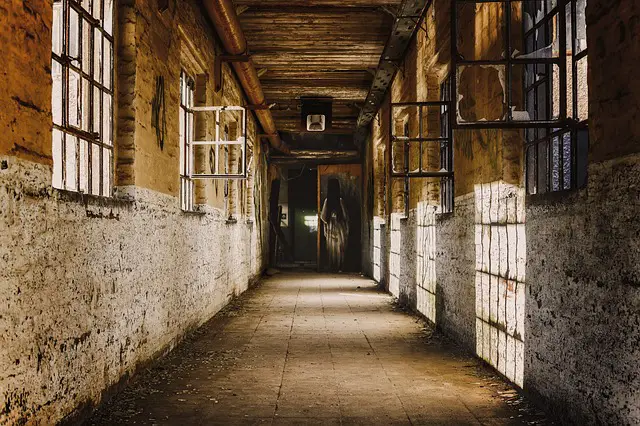Skydiving is one of the most exhilarating and thrilling activities one can experience. The mere thought of jumping out of a perfectly good airplane and free-falling thousands of feet before deploying a parachute can send shivers down the spine of even the most adventurous individuals. Despite its popularity, the question on everyone’s mind remains: is skydiving safe? This article aims to explore the various aspects of skydiving safety, delving into statistics, equipment, training, and more.

Understanding the Statistics: How Common Are Skydiving Accidents?
Accidents per Jump: Debunking the Myths
When considering whether skydiving is safe, it’s essential to look at the statistics. According to the United States Parachute Association (USPA), in 2019, there were approximately 3.3 million jumps made in the United States. Out of those jumps, there were only 15 fatalities, making the fatality rate roughly 1 in 220,000. To put this into perspective, the odds of being struck by lightning are about 1 in 15,300.
These numbers suggest that while skydiving is not without risk, it is relatively rare for accidents to occur. However, it is crucial to acknowledge that these statistics only tell part of the story. Various factors can influence the safety of a skydive, including the experience level of the jumper, the type of equipment used, and the conditions on the day of the jump.
Non-Fatal Injuries: A Closer Look
While fatalities are rare, non-fatal injuries can and do occur. The USPA reports that in 2019, there were approximately 1,308 injuries requiring medical attention. This translates to about 0.39 injuries per 1,000 jumps. Common injuries include sprained ankles, broken bones, and minor scrapes and bruises, often resulting from hard landings.
Once again, these numbers highlight that skydiving is not without risk, but the risk is relatively low compared to other extreme sports. Proper training, equipment, and awareness can significantly reduce the likelihood of injury.
The Role of Equipment in Skydiving Safety
Modern Parachutes: Reliability and Innovation
One of the most critical aspects of skydiving safety is the equipment used. Modern parachutes are highly reliable and have undergone significant advancements in design and technology. Today’s parachutes are made from durable materials and are equipped with features like automatic activation devices (AADs), which deploy the parachute at a predetermined altitude if the jumper fails to do so.
In addition to the main parachute, skydivers also carry a reserve parachute, which acts as a backup in case the primary chute malfunctions. Reserve parachutes are meticulously packed and inspected by certified riggers, ensuring they are ready to be deployed in an emergency.
Gear Maintenance and Inspection: A Lifesaver
Regular maintenance and inspection of skydiving gear are essential for ensuring safety. Parachutes, harnesses, and other equipment must be routinely checked for wear and tear, and any issues must be addressed promptly. Many drop zones (skydiving centers) have stringent protocols for equipment maintenance, including pre-jump checks and regular inspections by trained professionals.
Training and Preparation: Building Confidence and Competence
Tandem Jumps: The Beginner’s Safety Net
For those new to skydiving, tandem jumps offer a safe and controlled introduction to the sport. In a tandem jump, the novice skydiver is securely harnessed to an experienced instructor who guides them through the entire jump, from exit to landing. This method allows beginners to experience the thrill of skydiving while minimizing the risks associated with inexperience.
Advanced Training: From AFF to Licensing
For those who wish to pursue skydiving more seriously, advanced training programs like Accelerated Freefall (AFF) are available. These programs provide comprehensive instruction on freefall techniques, canopy control, and emergency procedures. Students progress through a series of jumps with increasing levels of independence, earning certifications and licenses along the way.
Ongoing education and practice are crucial for maintaining and improving skydiving skills. Even experienced skydivers continue to train and refine their techniques to ensure they remain safe and competent.
Environmental Factors: How Weather and Conditions Impact Safety
Wind, Visibility, and Altitude: The Big Three
Weather conditions play a significant role in skydiving safety. Factors such as wind speed, visibility, and altitude can impact the safety of a jump. High winds can make it challenging to control the parachute, while poor visibility can impair the jumper’s ability to navigate and land safely.
Drop zones generally have strict weather guidelines and will postpone or cancel jumps if conditions are deemed unsafe. Skydivers must also use their judgment and experience to assess whether the conditions are suitable for a safe jump.
Conclusion: Is Skydiving Safe?
So, is skydiving safe? The answer is nuanced. Like any extreme sport, skydiving carries inherent risks. However, with proper training, reliable equipment, and adherence to safety protocols, the risks can be managed and minimized. Statistics show that skydiving is relatively safe compared to other high-risk activities, and the likelihood of accidents is low.
Ultimately, the decision to skydive is a personal one. For many, the thrill and exhilaration of freefalling from 13,000 feet are well worth the calculated risks. By being informed, prepared, and cautious, individuals can enjoy the incredible experience of skydiving while prioritizing their safety.



